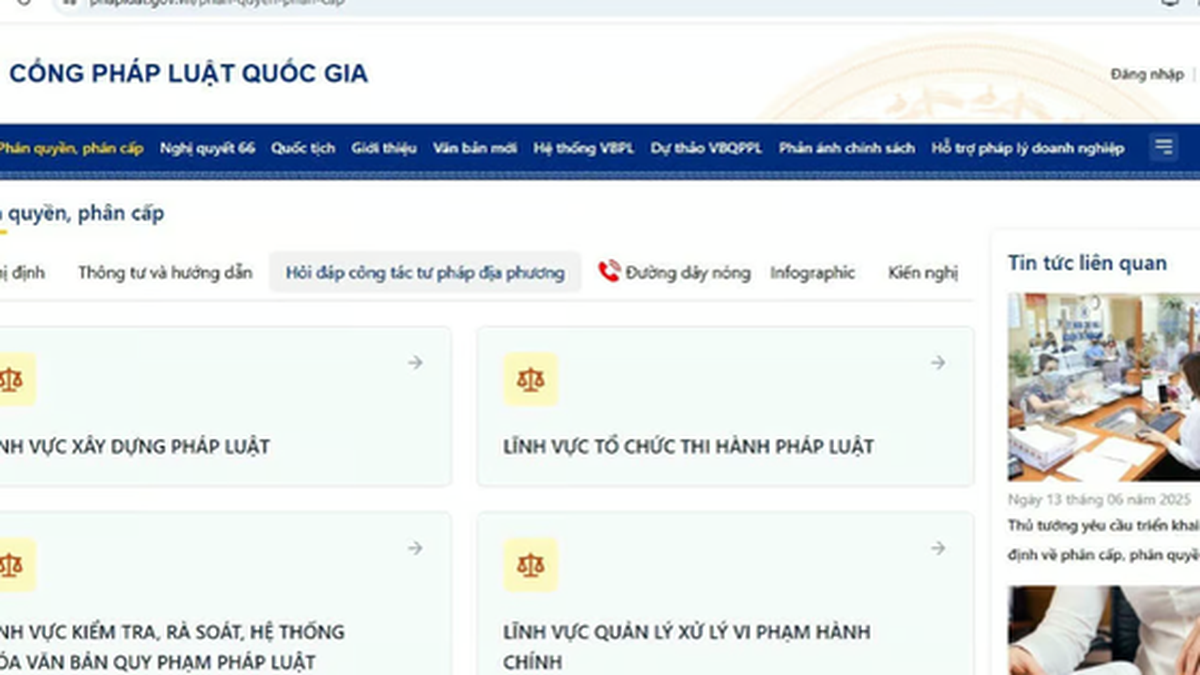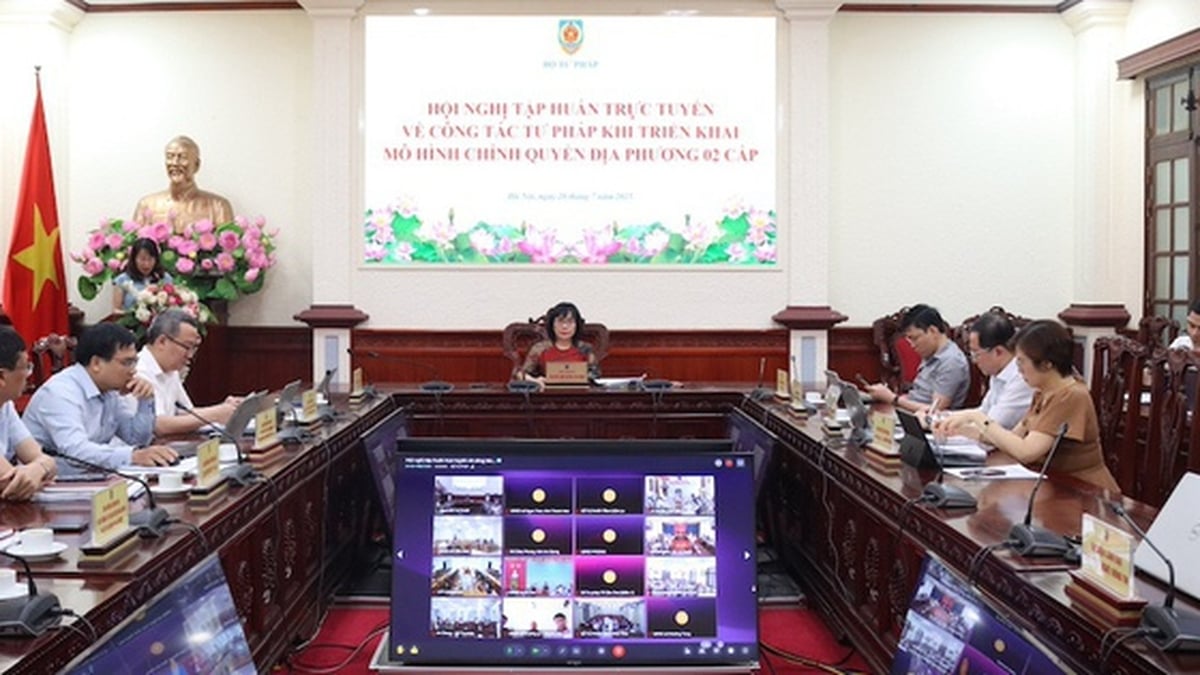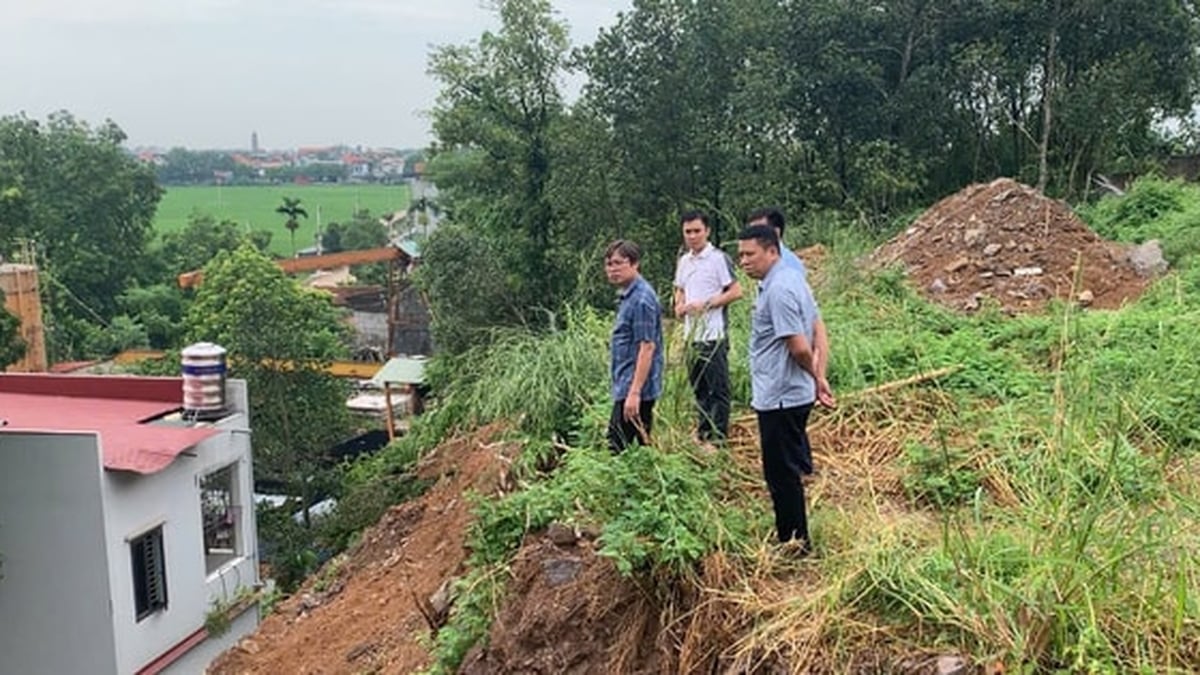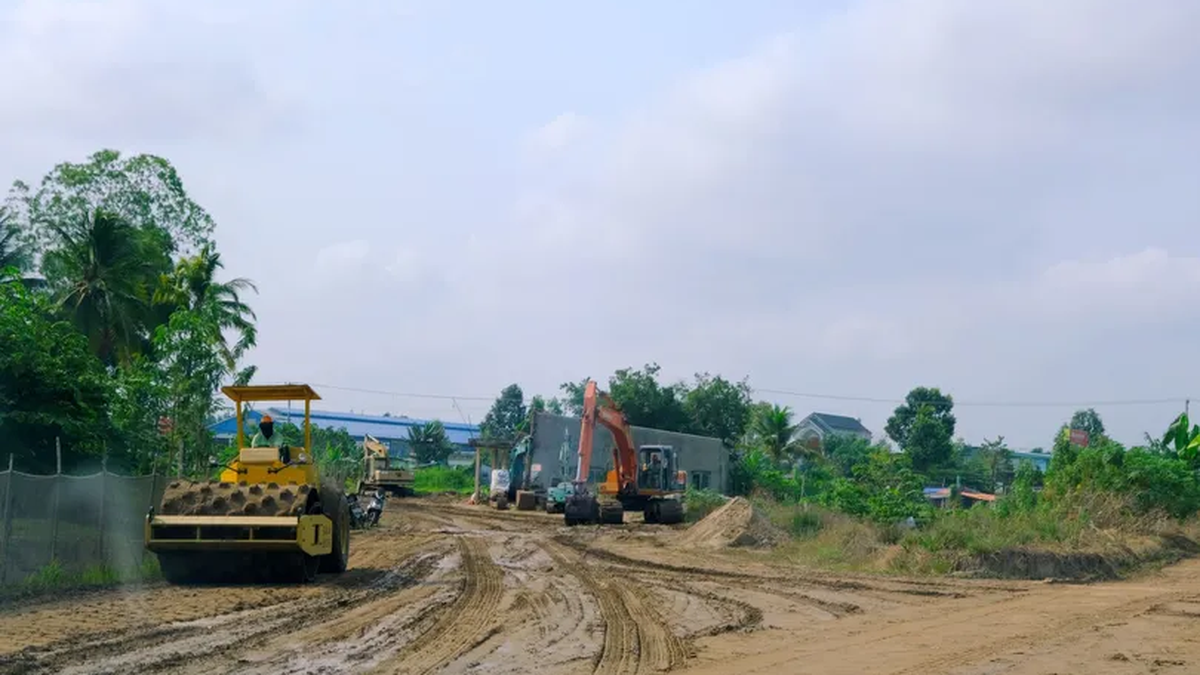Matches at the 2023 Women's World Cup will be held at six stadiums in Australia and four in New Zealand.

Eden Park Stadium (50,000 seats) is located in Auckland – New Zealand’s largest city and also known as the “city of sails” because of its proximity to two harbours. Auckland has long been a magnet for migrants from the Pacific Islands.
Eden Park is the spiritual home of rugby in New Zealand, having hosted three World Cup finals. It will host six group stage matches, including Vietnam vs. defending champions USA on July 22, as well as the round of 16, quarter-finals and semi-finals.

Wellington Stadium (35,000 seats) is located in the capital of New Zealand, one of the windiest cities in the world , famous for its culture and cafe scene. Nicknamed “The Cake Tin”, the stadium will host seven group stage matches, one round of 16 match and a quarter-final.

Forsyth Barr Stadium (30,000 seats) is located in the city of Dunedin – the southernmost point of New Zealand. The city was founded by Scottish immigrants and is named after the capital Edinburgh in Gaelic. The population of this city is mainly students from the University of Otago and the Polytechnic with about 130,000 people.
Nicknamed “The Glasshouse” for its enclosed architecture, the stadium often hosts rugby matches or music performances. Forsyth Barr will host six group stage matches, including Vietnam vs. the Netherlands on August 1.

Waikato Stadium (25,800 seats) is located in the city of Hamilton – a large and densely populated agricultural center. Two of the three female Prime Ministers of New Zealand were born in this city: Helen Clark and Jacinda Ardern.
Waikato Stadium, named after the city’s river of the same name, is a multi-purpose sports facility primarily used for rugby. Local fans are known for their cowbells. It will host five group stage matches, including Vietnam vs Portugal on 27 July.

The Australian National Stadium (70,000 seats) was built for the 2000 Olympics with an initial capacity of over 100,000 people. The stadium is located in Sydney, home to the iconic Sydney Opera House, and Australia's largest population. With the largest capacity, it will host the opening match between host Australia and the Republic of Ireland, as well as the knockout matches including the final.

The 42,000-seat Sydney Football Stadium, which is being completely rebuilt and reopens in 2022, will be a state-of-the-art stadium and home to Sydney FC and two rugby teams. It will host five group matches and one round of 16 match.

Lang Park Stadium (52,500 seats) is located in Brisbane and will host the 2032 Olympics. Lang Park is home to the Queensland Rugby team, has hosted two World Cup finals and is known for its packed stadium atmosphere. It will host five group matches, a round of 16 match, a quarter-final and the third-place play-off.

Melbourne Stadium (30,000 seats) in a city with a population similar to Sydney, is part of a complex that also includes a cricket stadium and the home of the Australian Open tennis tournament. It will host four group matches and two round of 16 matches.

Perth Stadium (20,500 seats) is located in the city of the same name - the capital of Western Australia - with beautiful beaches. This is the home of Perth Glory football club and two rugby teams, and will host five group stage matches.

Hindmarsh Stadium (16,500 seats) is located in the coastal city of Adelaide, Australia, near the famous wine-producing Barossa Valley. Hindmarsh is the smallest stadium at the 2023 Women's World Cup, hosting four group stage matches and one round of 16 match.
Hieu Luong
Photo: FIFA

























![[Photo] National Assembly Chairman Tran Thanh Man visits Vietnamese Heroic Mother Ta Thi Tran](https://vphoto.vietnam.vn/thumb/1200x675/vietnam/resource/IMAGE/2025/7/20/765c0bd057dd44ad83ab89fe0255b783)








































































Comment (0)